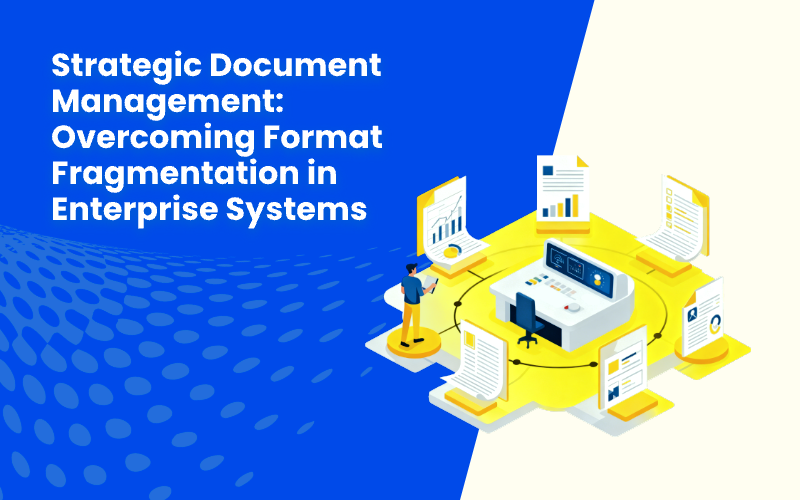In recent years, social security website crashes have become a frustrating and concerning problem for millions of users. Whether you’re trying to apply for benefits, check your payment status, or update your personal information, encountering a frozen screen or error message is becoming all too common.
This article breaks down what causes these outages, how they affect users, what you can do in the meantime, and how these issues connect to broader concerns like cybersecurity and system overload.
Understanding Social Security Portal Failures
The term “website crash” typically refers to a situation where a website becomes unresponsive, goes offline, or displays error messages to users. In the case of the social security website, even brief periods of downtime can create massive disruptions, especially for those relying on monthly benefits, Medicare enrollment, or retirement planning.
What Happens During a Crash?
- Pages fail to load
- Login credentials don’t work
- Forms won’t submit
- Users see maintenance errors or server failures
These breakdowns usually stem from high traffic volume, outdated infrastructure, or technical failures behind the scenes.
Finding this article interesting? This might interest you as well
How To Prevent A Remote Access Trojan Attack on Your PC?
Anyways, let’s go ahead with the current article…
What Causes Government Website Outages?
Let’s break down some of the most common reasons social security website crashes occur.
1. Traffic Overload
During major announcements such as benefit increases, emergency relief programs, or tax filing deadlines, millions of users may flood the social security website at the same time. If the servers aren’t prepared to handle the traffic, the site can slow down or crash completely.
2. Aging Infrastructure
Many government websites run on old, outdated systems that haven’t been upgraded in years. Unlike private-sector websites that constantly invest in modernization, government IT often lags behind.
3. Lack of Regular Maintenance
Websites require frequent updates to fix bugs, improve performance, and stay secure. Delays in maintenance schedules can cause unstable behavior or slow response times.
4. Cybersecurity Threats
Cyberattacks such as DDoS (Distributed Denial of Service) attacks can intentionally overload servers. This not only brings a site down but can also expose sensitive user information if the system isn’t protected by a proper website security check protocol.
Why These Breakdowns Are a Big Deal
A crash on a shopping website might be annoying, but a crash on the Social Security website can be life-altering for many. Here’s why:
Delayed Benefits
People rely on the Social Security Administration (SSA) for timely retirement, disability, and Medicare benefits. A crash can delay essential payments and services.
Missed Deadlines
Users may miss critical enrollment or claim deadlines, affecting their healthcare coverage or financial aid.
Increased Call Volume
When the website is down, phone lines get overloaded, making it harder to get help—even for those not affected by the crash.
Loss of Public Trust
Repeated technical issues reduce confidence in public systems and create frustration for users who already face challenges navigating digital services.
The Role of Cybersecurity in Preventing Outages
One way to prevent future social security website crashes is to strengthen the digital security infrastructure. A robust website security check system ensures vulnerabilities are identified and patched before they’re exploited.
Key components of a secure, stable government website include:
- Regular vulnerability scans
- Real-time traffic monitoring
- Cloud scalability for traffic surges
- Firewall and DDoS protection
- User data encryption
Unfortunately, many public websites are still catching up to modern standards. It’s not just about having the right technology; it’s about funding, policy, and staffing priorities too.
What You Can Do If the Social Security Website Goes Down
While you can’t prevent a crash, you can take steps to work around it and protect your personal information.
1. Try Again During Off-Peak Hours
Early mornings, late evenings, or weekends typically have lower traffic, increasing your chances of accessing the site successfully.
2. Use Official Mobile Apps
The Social Security Administration offers limited services through its mobile-friendly platforms. These are sometimes still operational even when the main site is down.
3. Contact Local SSA Offices
If you can’t get through online, contact your nearest SSA field office for assistance. Many offer callback options or limited in-person services.
4. Monitor Your Data for Security Risks
If you’re worried that a crash was due to a cyberattack, consider using an identity theft monitoring service. These tools alert you if your Social Security Number (SSN) or related information appears on suspicious websites or dark web listings.
Recent Crashes and Public Response
The last few years have seen multiple spikes in reports about SSA website failures. These typically occur around:
- Benefit adjustment seasons (COLA updates)
- Tax seasons
- Emergency relief events (e.g., stimulus payments or disaster aid)
- Major system upgrades or planned maintenance
Each time the system goes down, public concern rises, especially among vulnerable populations like the elderly or disabled who rely on digital access for essential services.
In response, the SSA has pledged to modernize its online platform, but progress has been slow and met with mixed reviews.
Moving Toward a More Reliable Government Digital Experience
To reduce the frequency of social security website crashes, government agencies must invest in long-term solutions that prioritize digital infrastructure.
Areas That Need Immediate Attention:
- Cloud Migration: Moving services to the cloud would allow dynamic scaling during high-traffic periods.
- Accessibility Improvements: Making the platform more user-friendly for people with disabilities or low tech literacy.
- User Feedback Systems: Letting users report bugs and get real-time status updates during outages.
- Regular Security Audits: Implementing robust, frequent audits through a website security check system to detect and fix issues early.
Stability, Security, and Access Are Essential
The reality is, social security website crashes are more than a technical glitch; they represent a failure to deliver crucial services to millions of people when they need them most.
As the world moves further into the digital age, both public and private organizations must prioritize reliability, security, and user experience in every aspect of their online operations. If you are someone looking to have authentic services to make your online presence secure, feel free to contact Tambena Consulting today.






